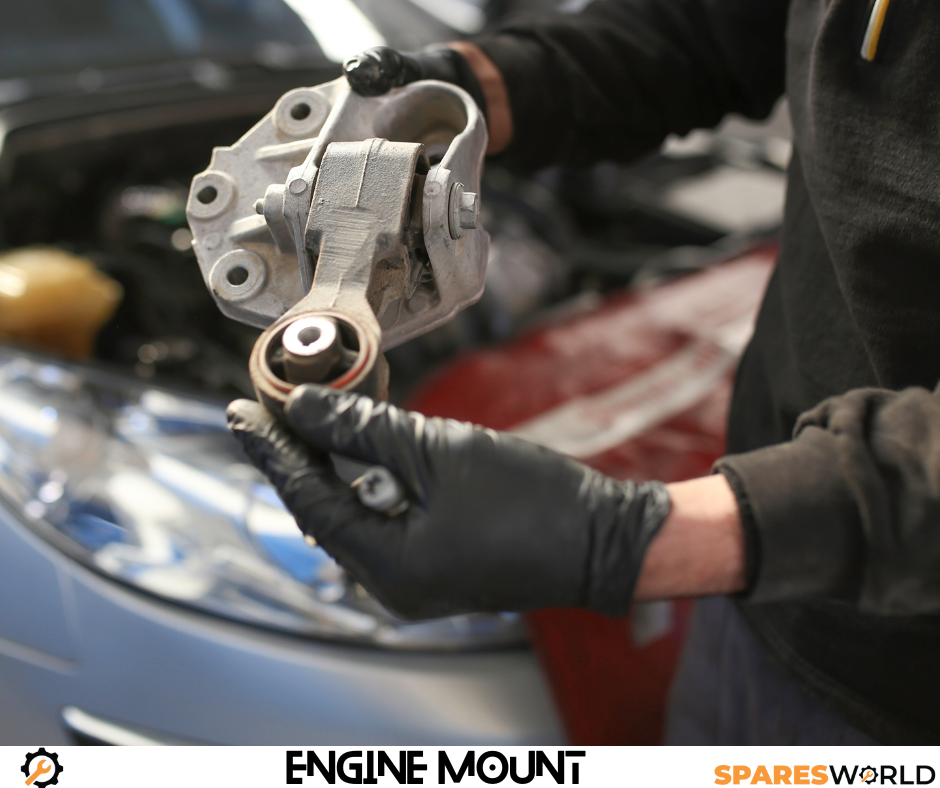The Importance of Checking Your Engine Mounts: Comfort and Performance in Balance

Engine mounts are like the unsung foundation of your vehicle, working quietly to secure the engine in place while absorbing the shocks and vibrations from the road. While they might not get the attention of more high-profile components, worn or damaged engine mounts can wreak havoc on both your driving experience and your vehicle’s performance.
Let’s explore why regularly checking your engine mounts is essential for keeping your car running smoothly, comfortably, and safely.
What Exactly Are Engine Mounts?
Engine mounts are the rubber and metal components that anchor your engine to the vehicle’s chassis. They have a dual function: keeping the engine securely in place and reducing vibrations that would otherwise travel through the car, making for a rough, noisy ride.
The mounts must be strong enough to hold the engine steady during acceleration and braking, yet flexible enough to absorb movement and vibration. When they start to wear out, however, they lose their ability to perform these crucial tasks.
Why You Shouldn’t Ignore Worn Engine Mounts
Worn engine mounts might seem like a minor issue, but over time, the damage can escalate. Here’s how neglected engine mounts can affect your vehicle:
-
Excessive Engine Movement: Worn mounts allow the engine to shift around more than it should, especially during acceleration or sudden stops. This movement can cause strain on other components, including hoses, wiring, and belts.
-
Increased Vibration and Noise: One of the first signs of worn engine mounts is increased vibration, both in the cabin and under the hood. You might notice more noise, particularly when idling or starting the engine. This leads to a less comfortable driving experience and signals that your mounts aren’t doing their job.
-
Decreased Performance: Believe it or not, engine mounts can affect your car’s overall performance. A loose engine can affect the alignment of various components, reducing the efficiency of your vehicle’s systems. This could mean less responsive handling, slower acceleration, or even issues with steering.
-
Potential for Damage: Over time, worn mounts can cause serious damage to your engine or transmission by allowing excessive movement. In the worst-case scenario, a completely broken engine mount could lead to engine misalignment or even failure, leading to costly repairs.
How to Spot the Signs of Worn Engine Mounts
Catching the problem early can save you from bigger headaches down the road. Here are some warning signs that your engine mounts might need attention:
- Vibration: A noticeable increase in engine vibration, especially when idling.
- Clunking or Banging: If you hear a clunking noise when shifting gears or accelerating, your engine might be shifting due to a bad mount.
- Engine Movement: You may feel the engine moving more than usual during acceleration or when stopping quickly.
- Visual Wear: A visual inspection of the mounts can show cracks, tears, or signs of wear, particularly in the rubber components.
How Often Should You Check Your Engine Mounts?
Engine mounts are built to last, but like any part, they wear out over time—especially if you drive frequently or on rough roads. A good rule of thumb is to have your engine mounts checked during routine maintenance or every 60,000 to 100,000 miles. However, if you notice any of the warning signs mentioned earlier, don’t wait for your next service appointment—get them checked immediately.
Keep Your Engine Stable with Sparesworld
At Sparesworld, we understand how crucial well-functioning engine mounts are to the performance and longevity of your vehicle. We offer high-quality replacement parts and expert advice to help you get the best out of your engine. Reach out to us for all your engine mount needs and ensure a smoother, more stable ride!

 Loading..
Loading..